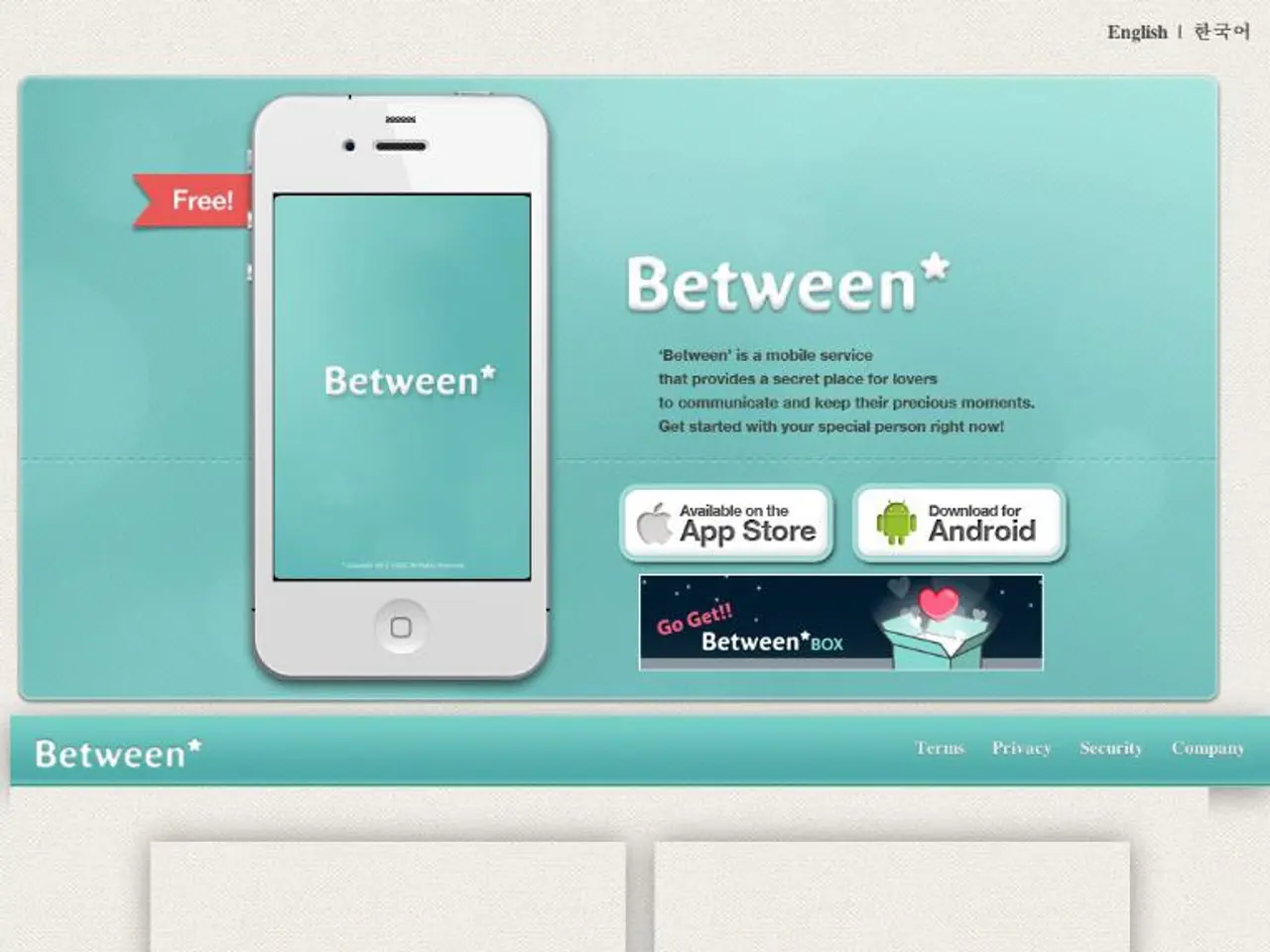Strategies for Addressing Obstacles in Small Business Loan Applications with Poor Credit History
For small business owners struggling with bad credit, securing a loan can seem like a daunting task. However, there are several strategies that can improve your chances despite a low credit score.
1. **Consider Alternative Lenders and SBA Microloans**
Traditional banks often require a personal credit score of 670 or higher, but alternative lenders may approve loans with scores as low as 500. The Small Business Administration (SBA) microloan program is a good option; it sets less strict credit criteria and is designed to help underserved markets and early-stage companies. These loans typically range up to $50,000, with average amounts around $13,000, and have capped interest rates.
2. **Improve and Showcase Other Financial Factors**
Lenders look beyond credit scores and consider factors like business cash flow, annual revenue, time in business, and working capital. Having a solid cash flow projection demonstrating the ability to repay the loan can compensate for poor credit. Demonstrating steady revenue over at least 1-2 years helps; some lenders accept lower revenue thresholds, especially online lenders, which have more flexible criteria than banks. Preparing a fixed-charge coverage ratio showing you can cover fixed expenses including debt will strengthen your application.
3. **Offer Collateral or Personal Guarantees**
Providing collateral, such as business equipment, real estate, or even personal assets, reduces lender risk and can improve approval odds. Many lenders require a personal guarantee when credit scores are low, which means you accept personal liability for the loan.
4. **Shop Around and Compare Loan Options**
Interest rates and approval terms vary widely; shopping among alternative lenders can help you find a loan with better rates even with bad credit. Be cautious of loans with no credit checks as they are rare and often come with very high rates or other risks.
5. **Prepare a Strong Business Plan and Documentation**
Having a well-prepared business plan, clear use of funds, and organized financial documents reassures lenders about your professionalism and ability to manage the loan responsibly.
By focusing on these strategies, small business owners with bad credit can enhance their likelihood of securing financing. It’s important to leverage alternative financing options, provide additional assurances, and demonstrate strong business fundamentals to offset credit challenges.
**Summary Table**
| Strategy | Details | |----------------------------------|----------------------------------------------------------------| | Alternative lenders & SBA loans | SBA microloans, lenders accepting credit scores 500+ | | Financial health demonstration | Cash flow projections, steady revenue, working capital | | Collateral & personal guarantees | Offer assets or agree to personal liability | | Shop around | Compare rates, terms, and lender flexibility | | Strong documentation | Business plan, financial statements, clear loan purpose |
It's also worth noting that seeking assistance from financial advisors or credit counseling services can provide valuable insights for managing finances effectively. Nonprofit organizations often offer free or low-cost credit counseling services for small business owners. Additionally, researching grants and subsidies, which do not require repayment, is another avenue to explore.
Lastly, demonstrating financial responsibility in business transactions enhances credibility, making it easier to secure loans in the future. This includes separating personal and business finances by establishing a dedicated business bank account and negotiating loan terms, such as longer repayment periods or lower monthly installments, to save money in the long run.
[1] SBA.gov (2021). SBA Microloan Program. Retrieved from https://www.sba.gov/funding-programs/loans/microloans [2] Fundera.com (2021). Best Small Business Loans for Bad Credit. Retrieved from https://www.fundera.com/business-loans/bad-credit [3] Nav.com (2021). How to Get a Small Business Loan with Bad Credit. Retrieved from https://www.nav.com/articles/how-to-get-a-small-business-loan-with-bad-credit/ [4] LendingTree.com (2021). How to Get a Small Business Loan with Bad Credit. Retrieved from https://www.lendingtree.com/business/small-business-loans/how-to-get-a-small-business-loan-with-bad-credit/
- To boost personal-finance and home-and-garden expenses, one could explore alternative lenders and SBA microloans offering approvals with credit scores as low as 500. These loans can help fund home renovations or personal improvements.
- For individuals aiming to improve their lifestyle and business success, demonstrating solid financial health through strong cash flow, steady revenue, and organized documentation can increase chances of securing favorable finance options. This includes personal-finance management strategies like preparing a business plan and clear use of funds.




